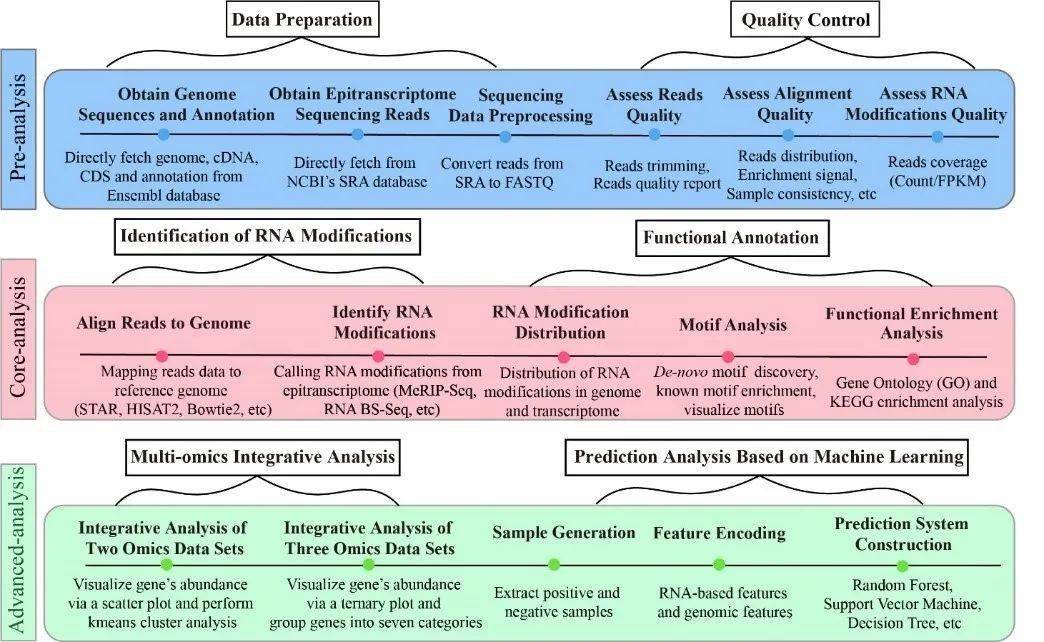Understanding Collateralized Loan Obligations: A Deep Dive into Their Structure, Risks, and Benefits
Guide or Summary:Collateralized Loan Obligations (CLOs) are complex financial instruments that are created by pooling together various loans, primarily corp……
Guide or Summary:
#### What are Collateralized Loan Obligations?
Collateralized Loan Obligations (CLOs) are complex financial instruments that are created by pooling together various loans, primarily corporate loans, and then selling them as securities to investors. These securities are structured in such a way that they offer different levels of risk and return, catering to a diverse range of investor appetites.
#### The Structure of Collateralized Loan Obligations
The structure of Collateralized Loan Obligations typically involves several tranches, each with its own credit rating and risk profile. The tranches are ranked from senior to junior, with senior tranches receiving payments first and having the lowest risk. Conversely, junior tranches are more risky and receive payments after the senior tranches. This tiered structure allows investors to choose the level of risk they are willing to accept, making CLOs an attractive option for many institutional investors.

#### How Collateralized Loan Obligations Work
When a Collateralized Loan Obligation is created, a special purpose vehicle (SPV) is established to hold the underlying loans. These loans are often sourced from various lenders and can include leveraged loans, which are loans made to companies with high levels of debt. The SPV issues securities backed by these loans, and the cash flows generated from the loan payments are distributed to the investors based on the tranche they hold.
#### The Risks Associated with Collateralized Loan Obligations

While Collateralized Loan Obligations can offer attractive returns, they are not without risks. One of the primary risks is credit risk, which arises if borrowers default on their loans. In such cases, junior tranche investors may lose their entire investment before senior tranche investors are affected. Additionally, CLOs are sensitive to changes in interest rates and economic conditions, which can impact the performance of the underlying loans.
#### The Benefits of Investing in Collateralized Loan Obligations
Despite the risks, Collateralized Loan Obligations can provide several benefits to investors. They typically offer higher yields compared to other fixed-income securities, making them appealing for income-seeking investors. Furthermore, CLOs can provide diversification benefits, as they are composed of a large number of loans from various sectors and industries. This diversification can help mitigate risk and enhance overall portfolio performance.

#### Conclusion
In summary, Collateralized Loan Obligations are intricate financial instruments that offer unique opportunities and challenges for investors. Understanding their structure, risks, and benefits is crucial for anyone considering investing in CLOs. As the market for these instruments continues to grow, staying informed and educated about Collateralized Loan Obligations will be essential for making sound investment decisions.